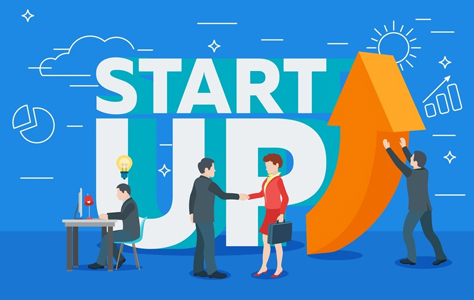
Lecture Principles of Marketing - Chapter 14: Marketing in the digital age
68
lượt xem 7
download
lượt xem 7
download
 Download
Vui lòng tải xuống để xem tài liệu đầy đủ
Download
Vui lòng tải xuống để xem tài liệu đầy đủ
In this chapter, you will learn: Discuss how the digital age is affecting both consumers and the marketers who serve them; explain how companies have responded to the Internet and other powerful new technologies with e-business strategies, and how these strategies have resulted in benefits to both buyers and sellers; describe the four major e-marketing domains;...
Chủ đề:
Bình luận(0) Đăng nhập để gửi bình luận!

CÓ THỂ BẠN MUỐN DOWNLOAD









